PROTECT YOUR DNA WITH QUANTUM TECHNOLOGY
Orgo-Life the new way to the future Advertising by AdpathwayBikepacking in Africa isn’t always what you imagine, and nowhere proves that better than the remote mountain kingdom of Lesotho. There are no game drives or safari lodges here. Instead, you’ll find ski resorts and 3,000-metre-high mountain passes.
Tucked deep in Southern Africa, Lesotho is a high-altitude country that many can’t even pronounce (it’s Luh-soo-too). Yet it might just be the continent’s most overlooked bikepacking destination.
Lesotho is raw, remote, and relentlessly steep. The climbs are brutal, but the rewards are immense: jaw-dropping landscapes and a culture steeped in tradition. It quickly became one of our favourite countries in Africa.
We ended up riding 500 km with nearly 14,000 metres of climbing (that’s 310 miles and 46,000 feet), crossing some of the most breathtaking mountain terrain on the continent.
Along the way, we hiked a UNESCO World Heritage site, stood beneath towering waterfalls, and passed through highland villages where Basotho herders ride on horseback, wrapped in traditional blankets.
Ultimately, Lesotho is a bikepacker’s dream – rugged roads, dramatic scenery, and a cultural experience like no other. Without a doubt, it’s one of the best bikepacking destinations in Africa.
Let’s take a closer look.
Lesotho: At A Glance
Lesotho is a small, landlocked country with a population of around two million. Roughly the size of Belgium, it’s entirely surrounded by South Africa, making it one of only three true enclaved nations in the world, alongside Vatican City and San Marino, both located in Italy.
Its unique borders are largely thanks to the rugged mountains that once shielded it from British and Boer expansion. In the late 1800s, then known as Basutoland, it became a British protectorate, choosing alliance over colonisation, unlike its neighbour South Africa, which was brought under direct colonial rule.
Lesotho gained independence in 1966 and remains a constitutional monarchy today, with the King serving a mostly ceremonial role.

It is the most mountainous country in Africa, with about 80% of the land lying above 1800 metres (5900 feet). The towering Drakensberg and Maloti ranges dominate the landscape, forming part of the Great Escarpment and stretching across the eastern, southern, and central regions.
These mountains are also the source of Lesotho’s most valuable export: fresh water. The massive Lesotho Highlands Water Project pumps water to Johannesburg, making the country a vital supplier to South Africa.
With limited industry, poor soils for agriculture, and few mining or manufacturing jobs, many Basotho men face two main paths: herding livestock in the mountains or seeking work across the border in South Africa.
People of Lesotho
The population is overwhelmingly Basotho (about 99%), making Lesotho one of the most ethnically homogenous countries in the world. This has helped preserve a strong and distinct cultural identity.
Traditional wool blankets, often patterned to reflect personal or regional stories, are worn by people across both urban and rural areas. A traditional chief system still plays a central role in rural governance. In the highlands, you’ll see herders on horseback wearing the iconic Mokorotlo (a conical hat also featured on the national flag), and living in stone houses that echo its shape.
Sesotho is the national language, but English is widely understood, even in remote villages. The people we met throughout Lesotho were warm, friendly, and eager to help.
While the region around the capital, Maseru, is fairly developed, the interior of the country is much more rural. As you venture deeper into the mountains, you’ll encounter more visible poverty, and it’s common to be approached by children asking for money.
Top Places To Visit
Sehlabathebe National Park
A UNESCO World Heritage Site and one of Lesotho’s true hidden gems, Sehlabathebe National Park is known for its surreal rock formations, vast alpine meadows, and incredible hiking opportunities. Despite the recent addition of a paved road leading to the park entrance, it remains largely off the beaten path.
The main camping area lies 8 km inside the park and is completely undeveloped, with no facilities, so you’ll need to be fully self-sufficient. There is, however, a clean mountain stream where you can refill water bottles.
Sehlabathebe is an ideal base for hiking and exploring the surrounding highlands. The landscapes are dramatic, the trails remote, and the weather famously unpredictable, so if you have the time, consider staying an extra day to soak it all in and wait out any storms. Be sure to pack in everything you need.
Sani Pass
Sani Pass and the iconic Sani Mountain Lodge are a well-known tourist stop, and for good reason. The pass drops over 1,000 metres (3300 feet) through a dramatic series of hairpin turns, connecting Lesotho to South Africa. It’s the only road crossing the high Drakensberg range, and the views are nothing short of spectacular.
Perched at the top of the pass at 2,874 metres (9,429 feet), Sani Mountain Lodge offers sweeping vistas from the edge of the escarpment. The lodge is home to the “Highest Pub in Africa,” which has become a rite of passage for overlanders and bikepackers alike. With a laid-back vibe, cozy rooms, and jaw-dropping scenery, it’s the perfect place to toast the start (or end) of your Lesotho adventure.
Maletsunyane Falls
A true highlight of any trip to Lesotho, Maletsunyane Falls is one of the highest single-drop waterfalls in Africa, and among the tallest in the world, plunging an astonishing 192 metres (630 feet) into a gorge below.
Located near the town of Semonkong, the falls are both powerful and picturesque. The main viewpoint, perched across the valley, offers a breathtaking panoramic view of the cascade surrounded by rugged cliffs and rolling highlands. It’s a must-visit destination for photographers, hikers, and anyone seeking Lesotho’s raw natural beauty.
Where Did We Go Bikepacking in Lesotho?
We spent three weeks cycling across Lesotho, covering over 500 km and racking up a staggering 14,000 metres of elevation gain. For context, during our rides through Eswatini and Mozambique that followed, we climbed about the same amount in 1700 km. The riding in Lesotho was undeniably tough, but the scenery more than made up for it.
We entered the country from South Africa at Tele Bridge, following a route suggested by our friend Johan, the author of the SAND routes that connect South Africa to Angola. Our journey traced and diverged from the paved A4, winding through river valleys and over rugged mountain passes.
One of the highlights was spending two days camping and hiking in Sehlabathebe National Park, surrounded by jagged peaks and camped near an old Presidential house. We also tackled the remote Matebeng Pass, so rough that few vehicles cross it.
Nights were unforgettable. We wild camped under dazzling, star-filled skies or stayed in mountain villages, welcomed into homes by local chiefs.
We ended the trip in style with a well-earned beer at the famous Sani Mountain Lodge pub. The Lesotho border post sits right at the top of the pass, while the South African side lies nearly 15 km down the winding descent.
If you want to see our route on a map, click HERE.
Best Time To Travel In Lesotho
Lesotho’s high-altitude terrain means the weather can vary dramatically across the country. In the lowlands around the capital, Maseru, summer temperatures (November to February) can climb as high as 40°C (104°F). In contrast, in the mountain town of Mokhotlong in the south, the average temperature hovers around just 3°C (38°F) year-round.
The wetter season runs from October to April, and this is generally the best time for bikepacking. Temperatures are milder, and there’s less risk of snow or hail, though weather can still be unpredictable.
Careful seasonal planning is essential. No matter when you go, bring a warm sleeping bag and plenty of layers. Even in summer, you’re likely to face hailstorms and sub-zero nights at least once during your trip.
What Bike Is Best For Lesotho?
While it’s entirely possible to cycle across Lesotho using only paved roads, doing so would miss the heart of what makes this country so special. We truly fell in love with Lesotho on its unpaved routes – through places like Matebeng Pass, Sehlabathebe National Park, and Sani Pass.
These roads vary in condition and maintenance, so a bike with wide tires and at least some suspension will go a long way in making the ride more comfortable and controlled, especially on rougher, less-maintained passes like Matebeng.
The single most important bike consideration in Lesotho is gear ratios. The climbing is relentless, with an average of 1,500 metres of elevation gain for every 50 km (or roughly 5,000 feet every 31 miles). You’ll want the lowest gear you can get.
A useful way to check this is by using Gear-Calculator: input your wheel, tyre, and sprocket sizes, set the ‘display’ to ‘gear inches’, and aim for a gear ratio close to 17 or 18 gear inches. This will give you the best chance to grind up Lesotho’s tough climbs without burning out.
And don’t expect paved roads to offer much relief – gradients often exceed 14%, even on tarmac.
When we visited in March 2024, road conditions were in flux. New stretches of tarmac were being laid rapidly, while some older unpaved routes were becoming overgrown and rarely used. You might find yourself flying down a smooth new road one minute, then pushing your bike through a faded track the next – expect surprises, and embrace the adventure.
What to Bring to Lesotho
Pack plenty of layers – you’ll likely experience all four seasons in a single afternoon. One of the toughest days on our trip was cycling through icy, pouring rain for over four hours at 3,000 metres, with no shelter anywhere in sight.
Being prepared for sudden weather changes is essential to staying comfortable and safe.
Food in Lesotho

Outside the capital, Maseru, there are no major grocery chains. In medium-sized towns like Mokhotlong and Qacha’s Nek, you’ll find small local stores that can keep you reasonably well-stocked.
Along paved roads, fresh fruit, vegetables, and restaurants are fairly easy to come by. However, on unpaved routes, the options become more limited (see image above). While staples like instant noodles, chips, and cookies are usually available, fresh produce can be scarce, so it’s wise to stock up when you can.
In villages, you might notice colored flags flying above houses, signalling what’s for sale. White flags typically indicate home-brewed sorghum beer—the most common local beverage—while red flags mean meat is available, and green flags indicate vegetables.
Water Resupply In Lesotho
One of our favourite parts of cycling in Lesotho was refilling water from the fresh, cold trickles of mountain streams. These natural sources are abundant and incredibly refreshing as you make your way up the climbs.
Beyond the streams, water is generally easy to find in villages, making it simple to keep your bottles topped up throughout your journey.
Accommodation & Camping In Lesotho
Hotels in Lesotho are scarce and tend to be pricey compared to neighbouring South Africa or Mozambique. While you can find accommodations in larger towns, they often fill up during the week, frequently booked by aid workers.
Wild camping here is challenging. The landscape offers few trees, the population is scattered, many people are nomadic herders, and flat spots are rare, making it tough to find truly hidden campsites. It’s possible, but you’ll need to be resourceful and discreet. More often, we found ourselves camping at churches or people’s homes.
When we sought to camp at a school or church, the first question was always whether we had the chief’s permission. You can usually ask around and always find the chief. Once locals knew we had it, we were warmly welcomed and made to feel at home.
Bikepacking in Lesotho: Best Roads
Matebeng Pass (B46)
Often closed to vehicles due to small rockslides, Matebeng Pass offers cyclists exclusive access to one of Lesotho’s most scenic climbs. It’s the quickest and most stunning route connecting Sehlabathebe National Park to Mokhotlong. Along the way, you’ll encounter nomadic herders and breathtaking mountain vistas.
Menoaneng Pass (A3)

Menoaneng Pass is one of the highest roads in Lesotho, topping out at 3,038 metres (9,967 feet) in the Mokhotlong district.
Cutting through the Central Highlands, the road to the summit is entirely unpaved, steep, and often rough. While it’s typically considered a 4×4 route due to its eroded sections and challenging terrain, conditions can vary – when we visited, we were surprised to see two-wheel drive minivans making their way over the pass!
Spanning roughly 80 km (50 miles) between Molumong and Mohlanapeng, the route offers adventurous cyclists and drivers sweeping views of Lesotho’s dramatic mountain landscape, remote villages, and a deep sense of the country’s wild, untamed beauty.
Quthing River Road (B44)

From Mount Moorosi Chalet Campsite to Ha Tsepane, this 38 km stretch follows the winding path of the Quthing River, offering a peaceful ride through a strikingly different side of Lesotho.
The quiet road takes you past dramatic rock formations and lush riverside landscapes that contrast sharply with the rugged highlands found elsewhere in the country.
If you have the time, spend a day at Mount Moorosi Chalets. It’s a perfect place to unwind, with incredible views and a relaxed atmosphere. The owner, a seasoned trekking guide, has a wealth of fascinating stories, and if you’re up for a change of pace, he can lead you on some stunning hikes through the surrounding landscape.
Sani Pass
An icon of Southern African off-road adventure, Sani Pass is arguably Lesotho’s most famous attraction, and it definitely lives up to the hype. This rugged route links South Africa with Lesotho, descending or climbing over 1,000 metres through a series of dramatic hairpin turns. Whether you’re heading up or down, take your time to soak in the jaw-dropping views along the way.
Keep an eye out for rare bearded vultures soaring overhead and the abundant Sloggett’s ice rats darting among the rocks – unique wildlife that adds to the magic of this pass.
Important Notes: Bikepacking in Lesotho

- Keep in mind that your South African visa timer doesn’t pause while you’re in Lesotho, so make sure you allow enough time to exit South Africa when planning your trip.
- Lesotho’s official currency is the Maloti, but it’s pegged to the South African rand at a 1:1 rate, and both are accepted interchangeably across the country. Just be sure to spend or exchange any leftover Maloti before leaving Lesotho; it’s rarely accepted or exchangeable once you’re back in South Africa.
- If you’re looking for the best Asian grocery store in Africa, look no further than Mokhotlong! Having cycled over 20,000 kilometres across the continent, including many capital cities, we can confidently say this store is the best we’ve found. Stock up on mochi and delicious snacks here, you won’t regret it!
- For bike touring and bikepacking gear, Cycle Touring ZA is South Africa’s top online retailer. Located near the Telle Bridge Border in Lady Grey, the shop is run by Grant, who’s friendly and knowledgeable. While it’s not a bike repair shop, he can help outfit you with gear and some replacement parts for your journey.




 1 month ago
7
1 month ago
7














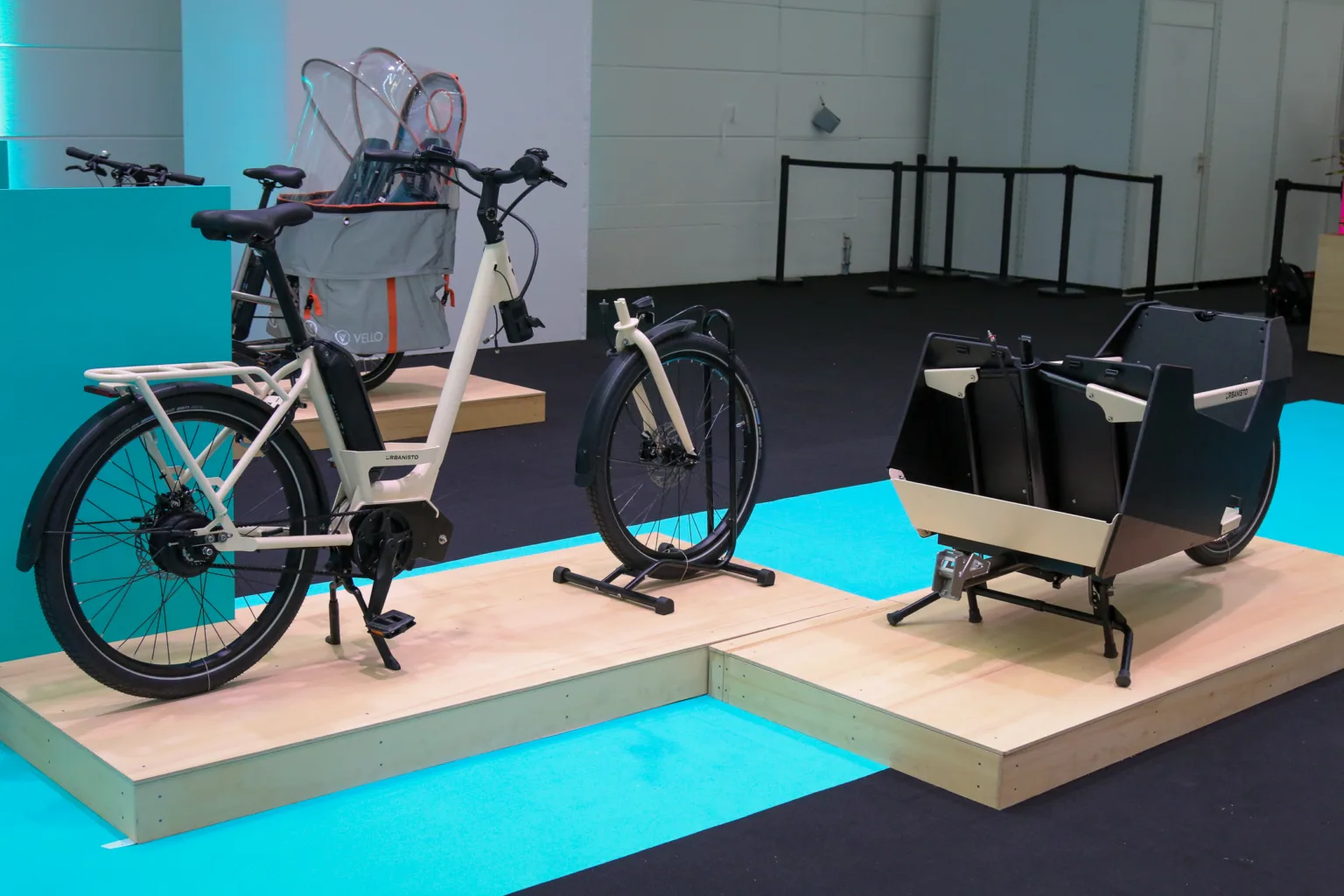

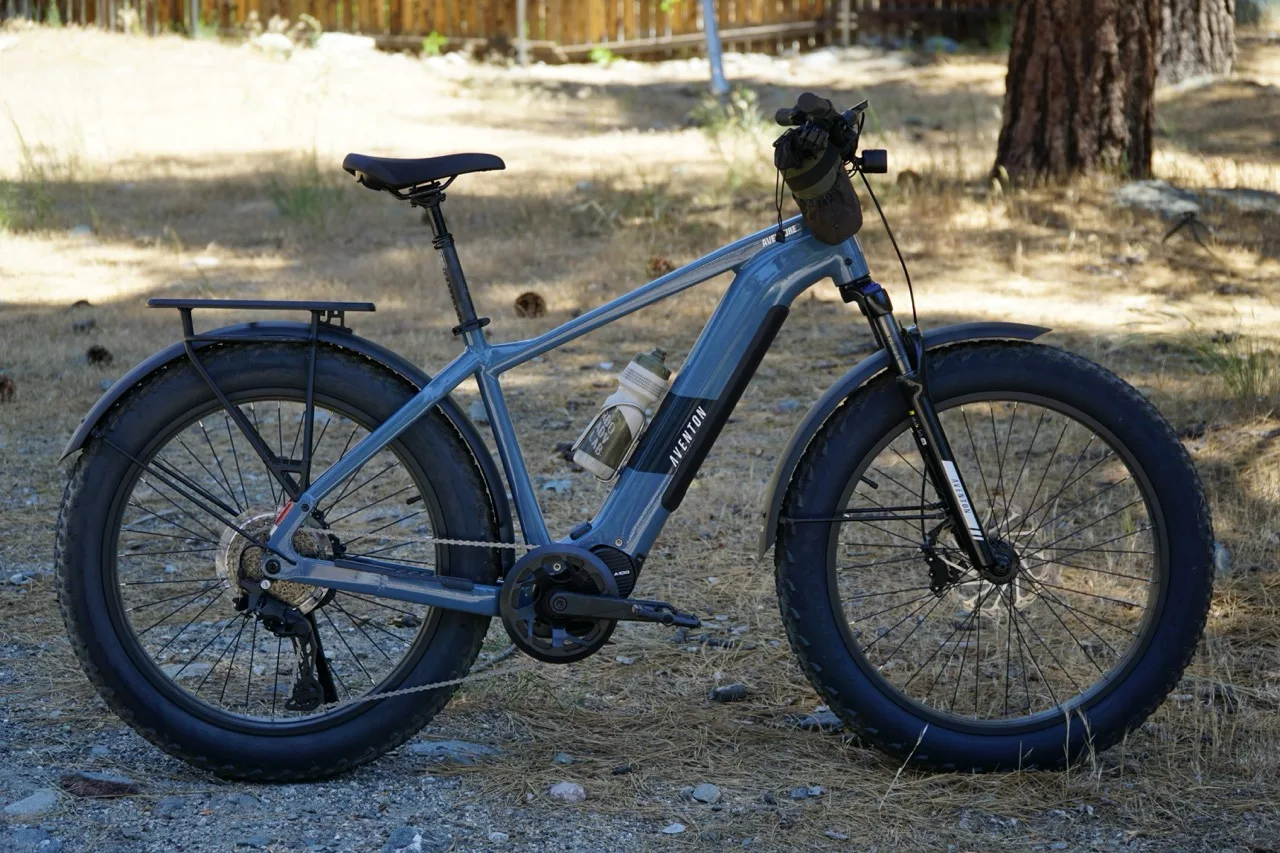
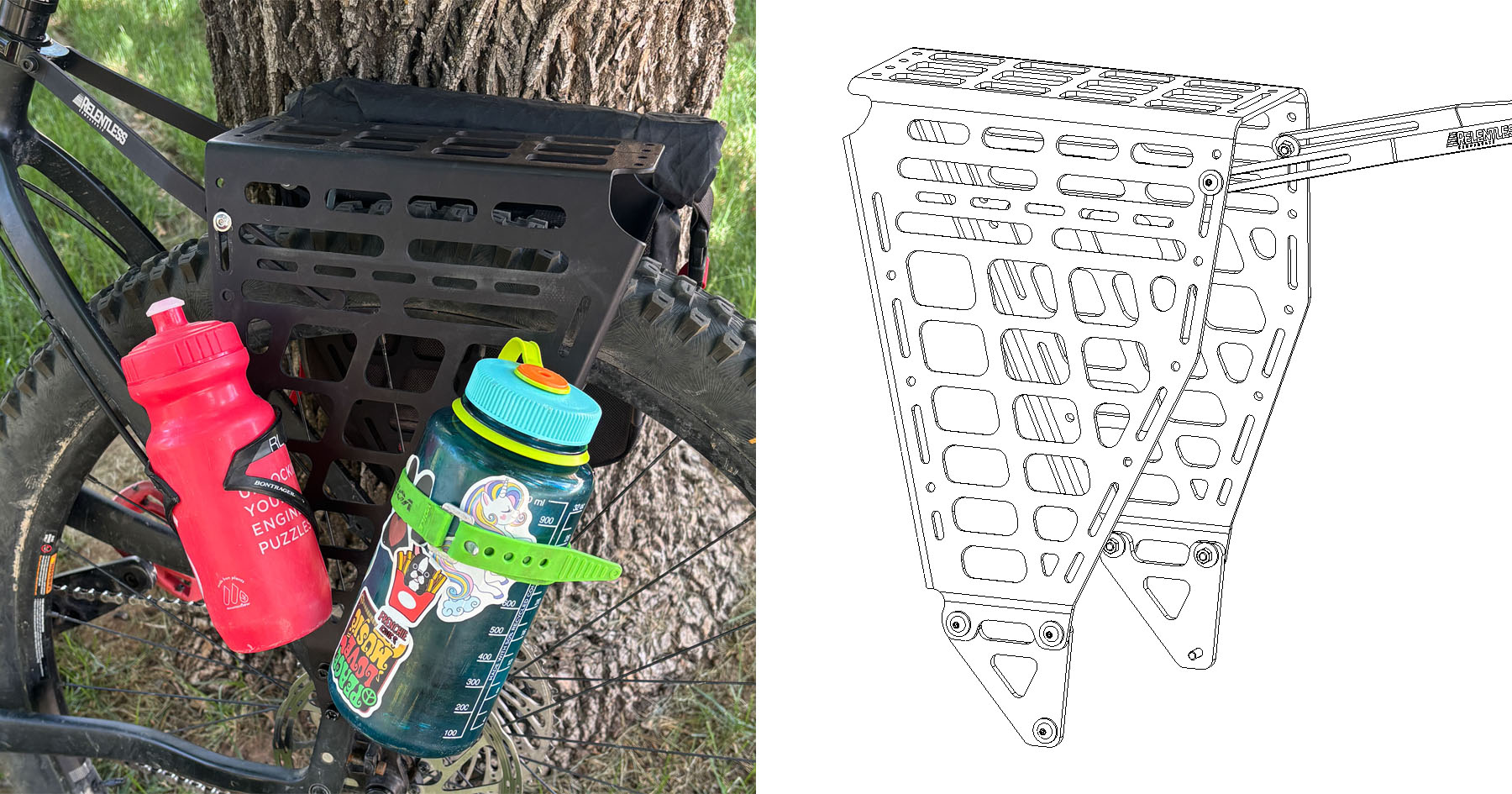
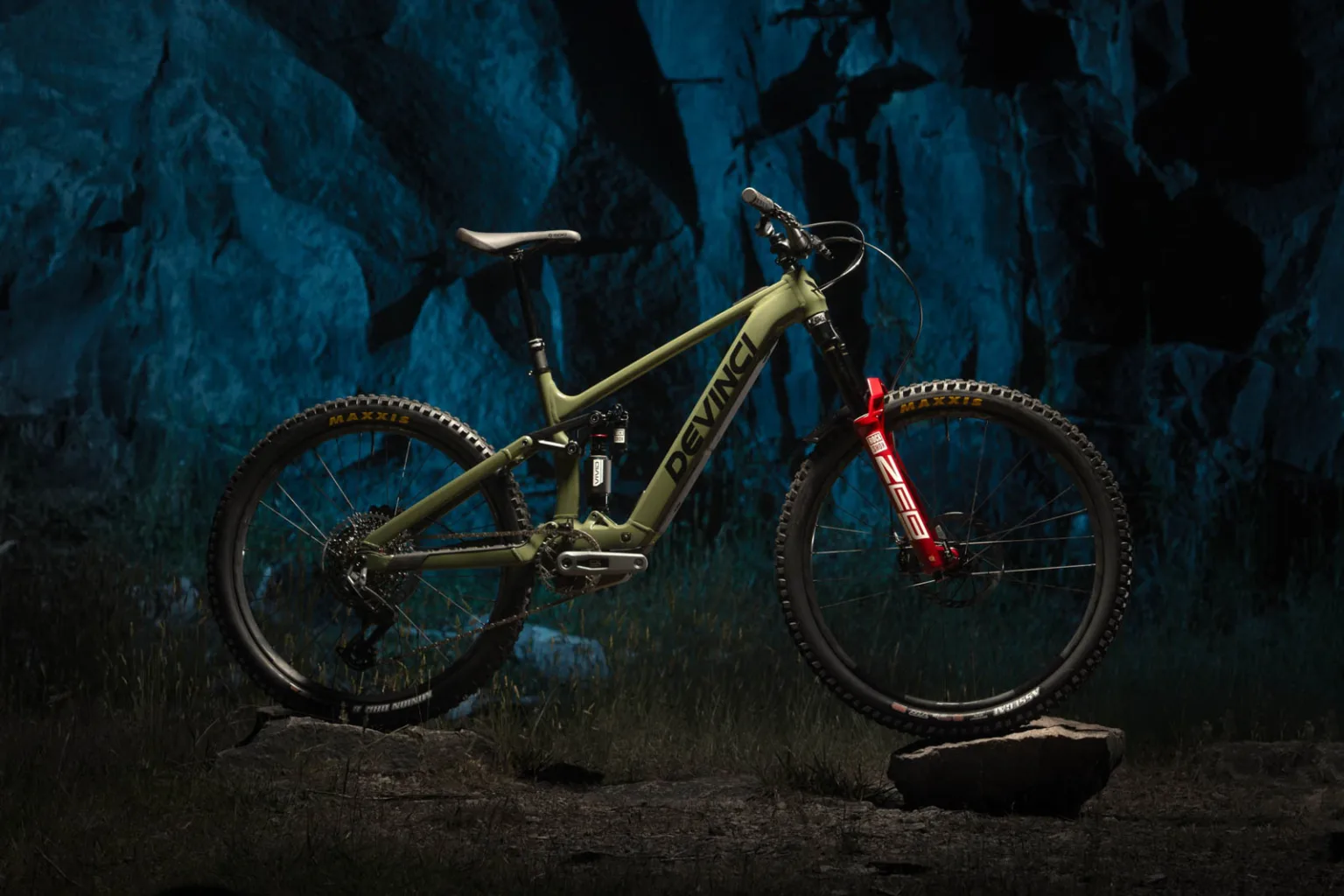

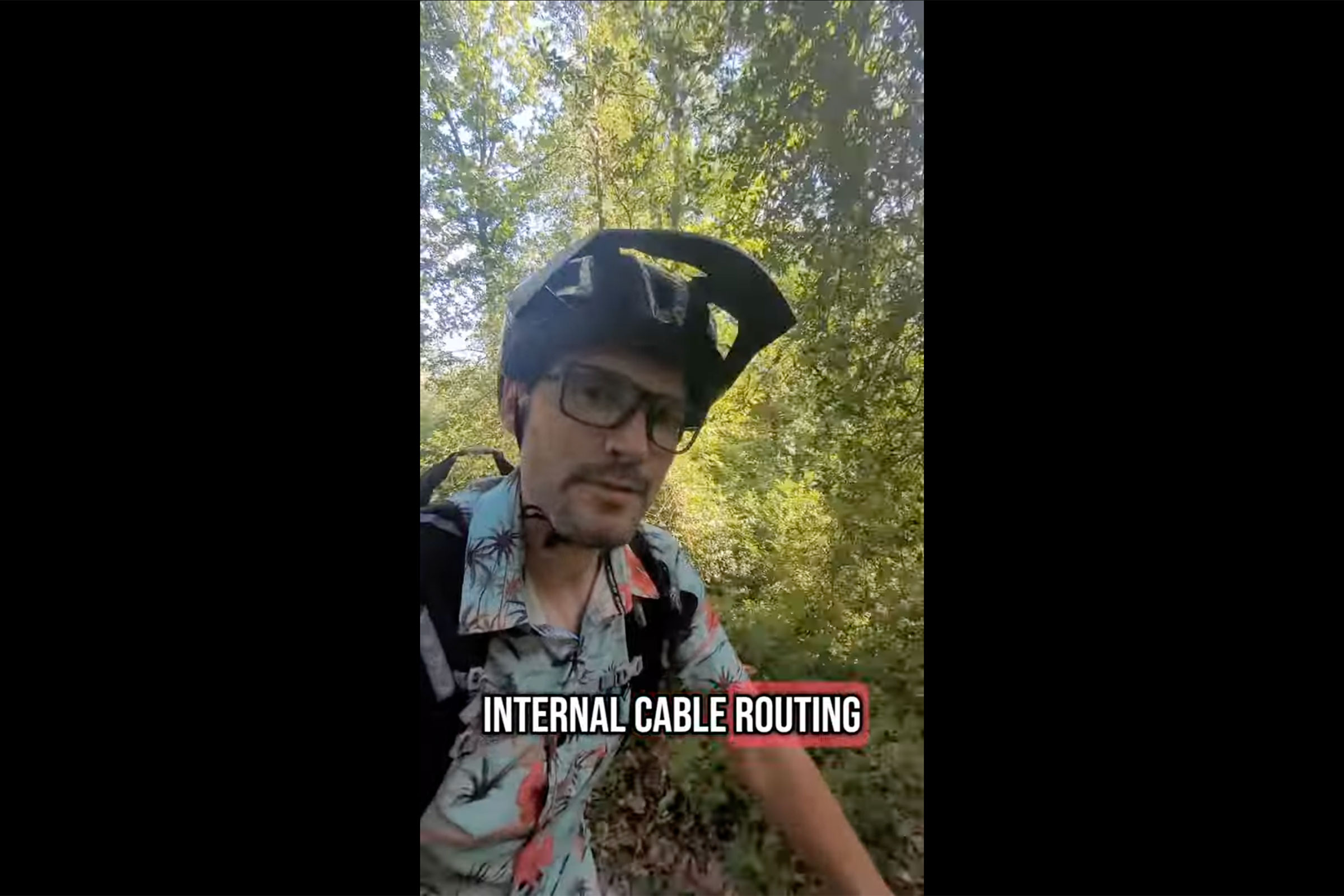


 English (US) ·
English (US) ·  French (CA) ·
French (CA) ·  French (FR) ·
French (FR) ·